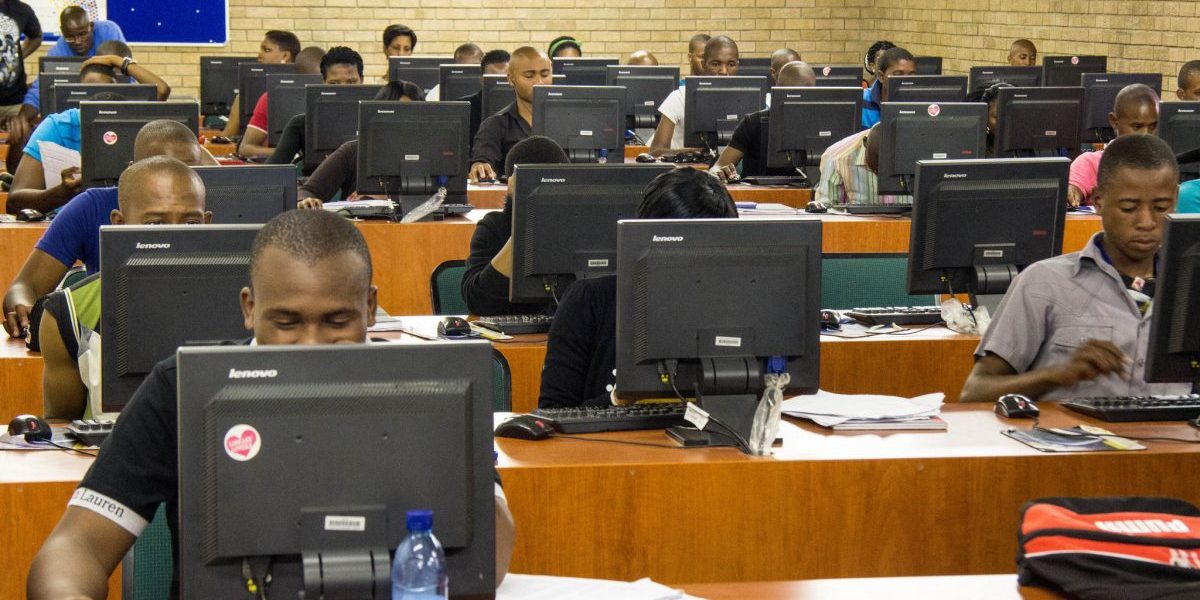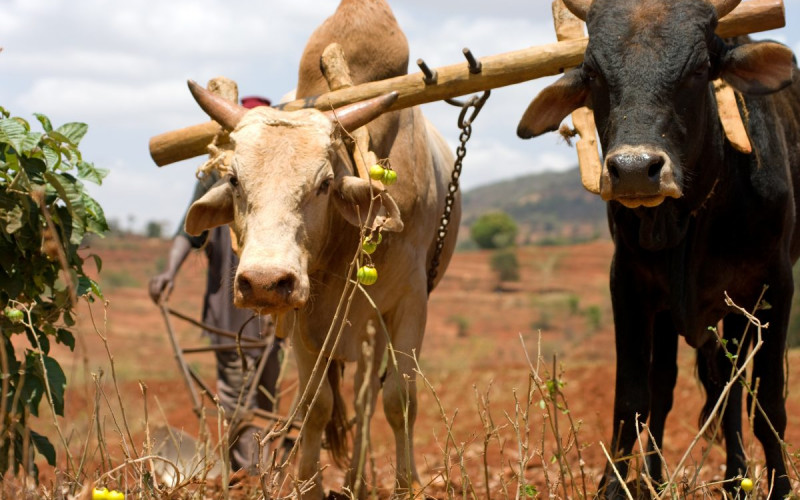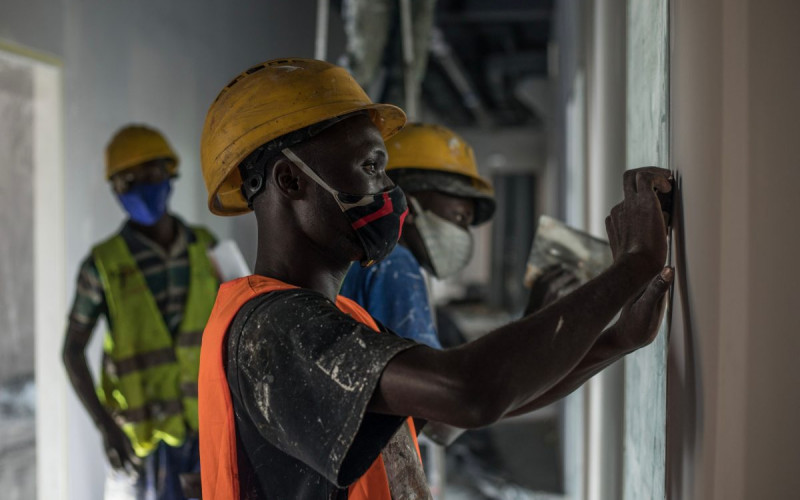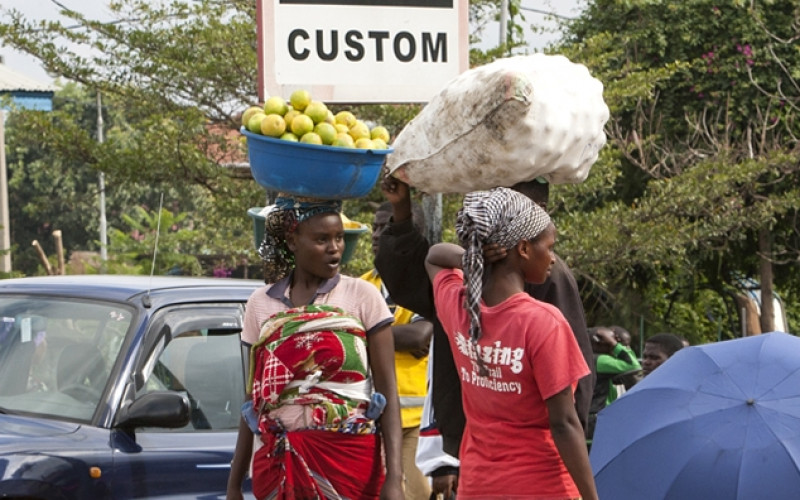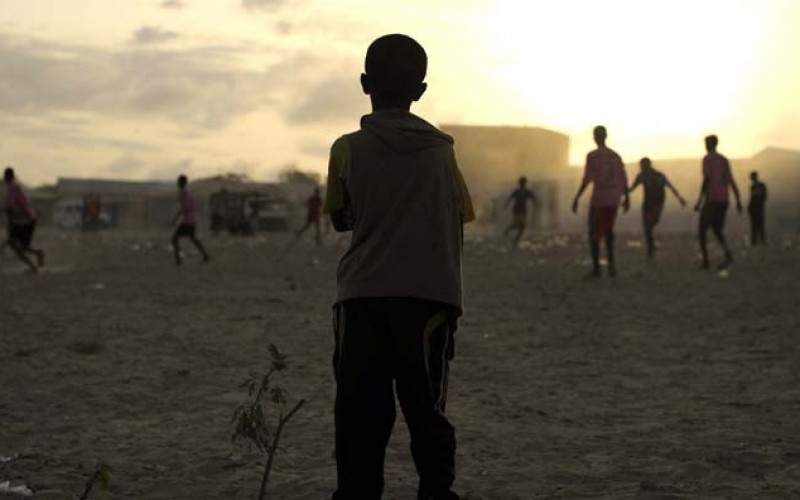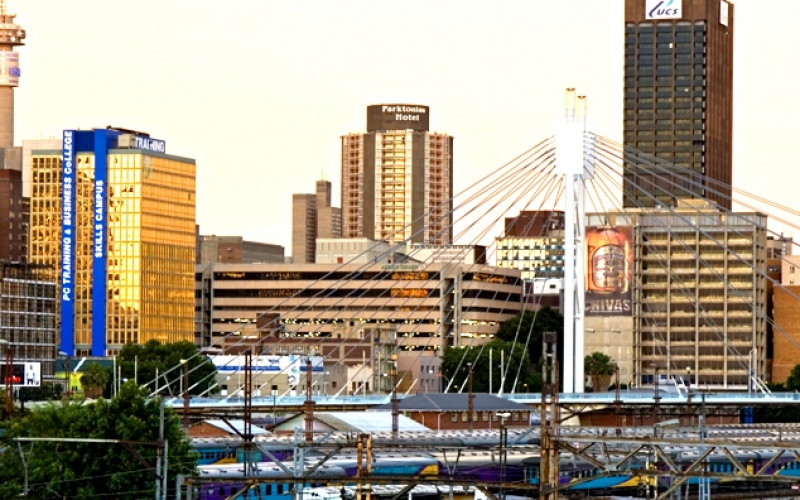Images of police dogs and water cannons turned on peaceful African-American protestors helped transform American consciousness on race in the 1960s in ways that the written word had been unable to do. Television shortened the Vietnam War, changed US policy on Somalia and, on several occasions, produced massive outpourings of famine relief for Africa. It has also played a vital educational role, allowing for new forms of distance education.
Yet in Africa it remains an under-exploited medium.
‘I hear people praise the growth of the internet and how amazing it will be, but it was the same with television,’ said Hassen Lorgat, a media activist from the South African NGO Coalition in Johannesburg. He expressed frustration at ‘television’s unfulfilled promise’ to educate and inform, and said it is an overlooked resource more readily accessible to the public than computers.
‘If it is in the public interest, television will achieve a lot more than the internet can in the short-term,’ he said.
‘Critical for success is the choice of the right ICT tools and their right use. Images of farmers using laptops in the paddy field or fishermen navigating with the aid of GPS may look good on magazine covers, but have limited utility in the real world,’ said Nalaka Gunawardene, founder of a Sri Lanka-based NGO that promotes developmental use of television.
In the years following independence, many African governments began to experiment with the then young medium of TV. For example, Côte d’Ivoire launched a campaign called Projet Televisuelle in the 1970s, a short-lived attempt to add a television component to all primary education.
‘UNESCO was behind the move to get every nation in Africa to build a television station, and they convinced countries to do this because they said it would be educational,’ said Louise M. Bourgault, professor of mass communications at Northern Michigan University.
‘UNESCO was very idealistic. … When the world was giving the colonies their independence, there was a lot of talk about how media was going to be used to help African nations catch up with the rest of the world.’
In the late 1970s that wave of experimentation waned as Africa battled rising oil prices, falling exports, rising debt and unsustainable budget deficits. As a result, many stations ended up broadcasting the least expensive programmes – old reruns from inter-national markets. As old Kung fu films, soap-operas and American action movies proliferated on African airwaves, educational programming fell by the wayside.
‘In the end, entertainment was the cheapest thing to put on,’ Bourgault said.
Politics played a crucial role. Without the ability to show a clear impact, educational programming often lacked political support when budgets had to be cut. And governments insisted that the limited funds available should showcase presidential activities. The desire to use television to bolster government stripped the airwaves of inquisitive public affairs programming and turned newscasts into turgid propaganda.
Although government control of the airwaves remains the norm in most of Africa, some countries have begun to re-experiment with more constructive forms of educational, public affairs and developmental broadcasting.
One of the most popular television shows in Angola is creatively simple. The Orion show helps re-unite families divided by the nation’s 27-year civil war. Every Friday, families queue in the capital and get to record a 30-second video appeal to lost relatives.
Today, a few television networks across the continent support their own educational departments, with varied levels of institutional backing and success. One of the most comprehensive programmes is in South Africa.
‘South Africa – probably most notably with Soul City – proved beyond a shadow of doubt that you could make incredible, educational serial dramas,” Bourgault said, adding that content and ideas from South Africa are leading the continent in educational television.
In 1996, the government-run South African Broadcasting Corporation (SABC) redeveloped its education unit for the newly-democratic nation. The organisation structured its educational unit into four focus areas: early childhood development; curriculum support; youth education; and public adult education. Content includes programming on a range of topics, from literacy to consumer education; health to civic education; sports to self-esteem.
‘We’re linking what’s on television or radio to a particular audience and to specific outcomes,’ said Ingrid Bruynse, editor of formal education at the SABC. ‘We’re trying to inform or educate viewers, and we’re doing good television with the aim of creating a change in the user or learner or teacher. That’s what differs between educational and general broadcasting.’
Offering supplements
As part of its effort, the SABC has created printed educational materials to accompany school curricula. Teachers who are interested in using television in their classrooms can request free ‘print packs,’ made up of posters, worksheet booklets and picture books that accompany the daily broadcasts on SABC’s three television stations.
‘More than 20,000 teacher’s packets have been distributed to a total of 6,900 schools in South Africa,’ Bruynse said.
Last year, Ethiopia began installing televisions in 420 high schools. They will be used to broadcast 30-minute programmes in physics, chemistry, biology, math, English, and civics. Kakama Luneta, an educational consultant who worked on the project until earlier this year, said the project had developed 2,979 television programmes for students in grades nine through 12. The programmes are intended primarily for schools that do not have qualified teachers in the classroom. Every school has been equipped with a satellite dish, Luneta said, and pre-recorded lessons are broadcast via both the nation’s terrestrial infrastructure and satellite according to a fixed schedule. Once the nation’s combined fibre-optic and satellite internet network is complete, the government expects to broadcast the programmes via internet-streamed MPEG2 digital video, which would allow teachers to fast-forward, slow down or pre-screen the broadcast.
Each of the segments mimics an actual lesson with the on-screen instructor referring students to exercises in accompanying guide books and leaving time for students to work on problems. As the televised teacher goes through the questions, Luneta said learners mark their own work against the answers on the screen. At the end of the lesson, the on-screen instructor assigns homework.
Because broadcast courses can be designed centrally and presented in a standard way on-screen, television courses offer the potential to develop more vivid, effective courses. But poor quality has been a common problem in African educational television.
Even when broadcast lectures are of good quality, they lack interactivity, which makes them a weak substitute for a real teacher. ‘The advantage [of the Ethiopian system] is the universal aspect of it; every child is receiving almost an equivalent instruction,’ said Luneta, who now teaches physics at the University of Johannesburg. ‘At any time, there is a television programme going on for every grade. So while grade nine might be having English, grade 11 might be having biology.’
‘The other advantage is that, where the learners have absolutely no teacher, at least there is something for them,’ he said, adding that the programming is not intended to take over the job of the teacher.
To get around the interactivity problem, the African Virtual University (AVU) uses television in conjunction with internet laboratories and electronic mail. High-quality technical lecturers transmit their lectures via satellite. Satellite dishes at each AVU school download the programmes, which are shown on classroom televisions. Students can ask questions via e-mail. AVU, which is established in 57 education institutions in 27 African countries, was designed to offer courses in technical subjects where Africa is short of the needed lecturers. It offers degree and certificate courses from several US, Canadian and Australian universities.
In similar fashion, South Africa’s Mindset Network tries to assist secondary schools. Since 2002, it has provided under-resourced schools and health clinics with televisions, computers and satellite dishes. Using a satellite network, the organisation distributes its curriculum-based content through television and the internet, reaching even South Africa’s most rural areas.
The network transmits to 2,000 public high schools, reaching more than 110,000 educators and 750,000 learners. Funded in part by the US Agency for International Development and donors, it provides each school with 74cm colour televisions, computer equipment, and a satellite – worth about $7,000. Programming airs on a dedicated satellite television channel and teachers are provided schedules for regular segments in English, maths, science, financial literacy and technology.
The organisation’s spokeswoman Busi Koloi said the use of television has ‘a far greater impact’ than print interventions alone. ‘A lot of other NGOs will focus on print, but to distribute print materials is such a hassle,’ she said. ‘By using multimedia by satellite, we can reach a whole lot of people in a short space of time. These students are exposed to far more content than they would’ve been before, and they don’t have to rely entirely on textbooks.’
Early next year, Mindset will launch a ‘Livelihoods’ channel, on job-seeking and life skills, targeted at individuals who’ve finished school, and Mindset expects to start a higher education channel in 2008. It also hopes to provide their free educational content to the neighbouring nations of Swaziland, Lesotho, and Namibia in the near future.
Such programmes can present education ministries with a difficult choice. If ample foreign funding is available, they can make effective supplements to well-managed schools. But in most of Africa there is inadequate funding for basics like chalk, books, desks and adequately trained teachers. Given such shortages, should Africa invest in expensive broadcast education, internet education or the basics? Gunawardene cautions that technology is ‘not a panacea that can fix deep-rooted ills. ICTs cannot turn bad development into good development. They can only make good development better.’

